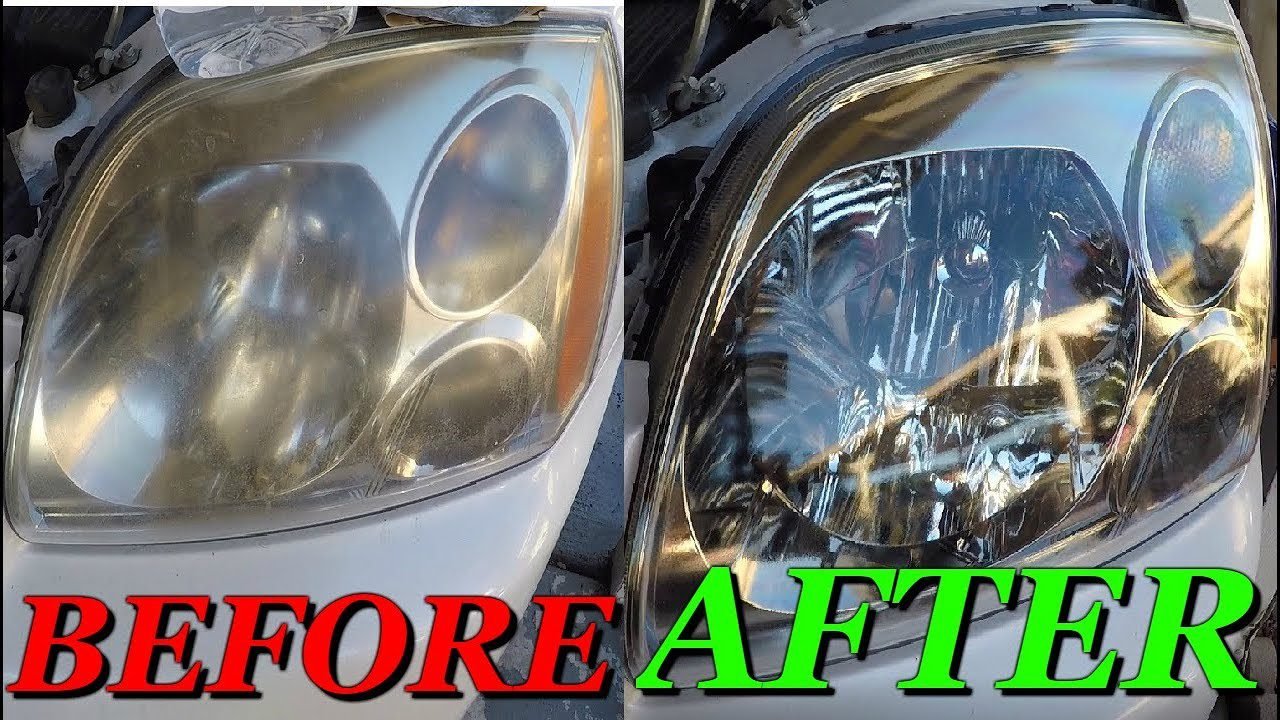Tire Pressure: Tire maintenance is one of the most important parts of safe driving that many car owners forget to do. Well-filled tires not only provide a smoother ride, but also ensure that the car uses less gasoline and generally drives better. This article explains in detail the importance of keeping tire pressure at the correct level and provides useful tips to help you do so.
Tire Pressure:How to calculate it?
Before we discuss maintenance tips, let’s first talk about what TP means. PSI stands for pounds per square inch and is the unit used to measure the amount of air in a tire. The manufacturer of each vehicle will tell you what TP to use. This information can usually be found in the owner’s manual or on a sticker inside the driver’s door opening.
Maintaining the correct TP is important for many reasons. For starters, it ensures that the vehicle has good grip and handling, especially in bad weather conditions. Secondly, it ensures that they wear evenly, saving you money in the long run by extending the life of your tires.
How low tire pressure affects your car
Tires that are too low or too high can be dangerous for your safety and the performance of your car.
Under-inflated tires
When the tires are underinflated, they create more resistance to movement, which causes more gas to be used. In addition, underfilled tires generate more heat, which can accelerate wear and even cause a flat tire. Incorrect tire pressure can make the car more difficult to drive and increase the risk of aquaplaning on slippery roads.
The tire pressure is too high
On the other hand, over-inflated tires do not grip the road well and are more likely to be damaged by road hazards. They also make driving more difficult because the tires cannot cope with bumps and other irregularities in the road surface. Over time, an overfilled tire in the center of the tread can wear out faster, shortening its overall lifespan.
Tips for checking tire pressure
Checking their pressure regularly is important to ensure that your car continues to drive well and that you can drive safely on the road. You can easily get a tire pressure gauge at most auto stores for a small fee, making this job very easy. Remove the valve cover, press the pressure gauge firmly against the valve stem and read the pressure on the pressure gauge.
Check your tire pressure at least once a month and before a big trip. Don’t forget to check the extra tires; people often forget this until it is necessary.
Why good tire pressure is important
Maintaining proper tire pressure is important for many reasons, but the most important are safety and gas mileage.
traffic safety on the road
When tires are properly filled, they have better grip and handling, reducing the risk of a collision, especially when making emergency movements. Having the correct tire pressure can significantly improve the stability and control of your car when taking fast turns or stopping quickly.
How does fuel work?
Did you know that keeping your tire pressure at the right level can help your car use less gas? When tires are not properly filled, they create greater rolling resistance, causing the engine to work harder and use more fuel. By filling them correctly you can get the most out of your gas mileage and reduce your CO2 emissions, which is good for the world and your wallet.
How to maintain proper tire pressure
Now that you know how important it is to have the correct TP, let’s look at some helpful tips to help you maintain the correct TP.
Essential Tools for DIY Car Maintenance
Conduct regular inspections
Check them regularly for damage or uneven wear. Watch out for cuts, bumps or things that don’t belong in the tread. Also check the sidewalls of your tires for cracks or other issues that could cause bigger problems.
How to correctly deal with inflation
Always use a reliable tire pressure gauge to ensure you get the correct pressure when inflating your tires. Follow the manufacturer’s recommended PSI and do not exceed the maximum pressure indicated on the tire rim. It is best to inflate your tires when they are cold because exercise will warm the tires, increasing the pressure.
Keep an eye on tire pressure in bad weather
Extreme temperatures can change tire pressure, making your vehicle less safe and efficient
I would like to inflate the tires to the maximum pressure stated on the rim, but doing so will compromise your grip and driving comfort. Always use the manufacturer’s recommended TP for optimal performance and safety.
In summary
Maintaining proper tire pressure is an important part of car maintenance and should not be ignored. By using the tips in this article, you can keep your tires in good condition, making driving safer, more economical and overall more enjoyable.
Frequently Asked Questions
How often should I check my tire pressure?
Check it at least once a month and before a big trip.
Can I use a tool to check the air in my tires?
Most tire pressure gauges are accurate, but if you want accurate results, you should invest in a good TP gauge.
What should I do if they are still low on air?
If your tire pressure has remained low over time, you should have it professionally inspected to identify and correct any problems.
Is it safe to drive on tires that are too high?
If the tires are overinflated, the car may become unstable and difficult to drive, which could lead to an accident. It is best to set the tire pressure to the recommended amount.
Can I rely on my car’s Tire Pressure Monitoring System (TPMS)?
Although a TPMS can let you know when your tire pressure has changed significantly, you should still manually check it pressure regularly to ensure it is correct.



